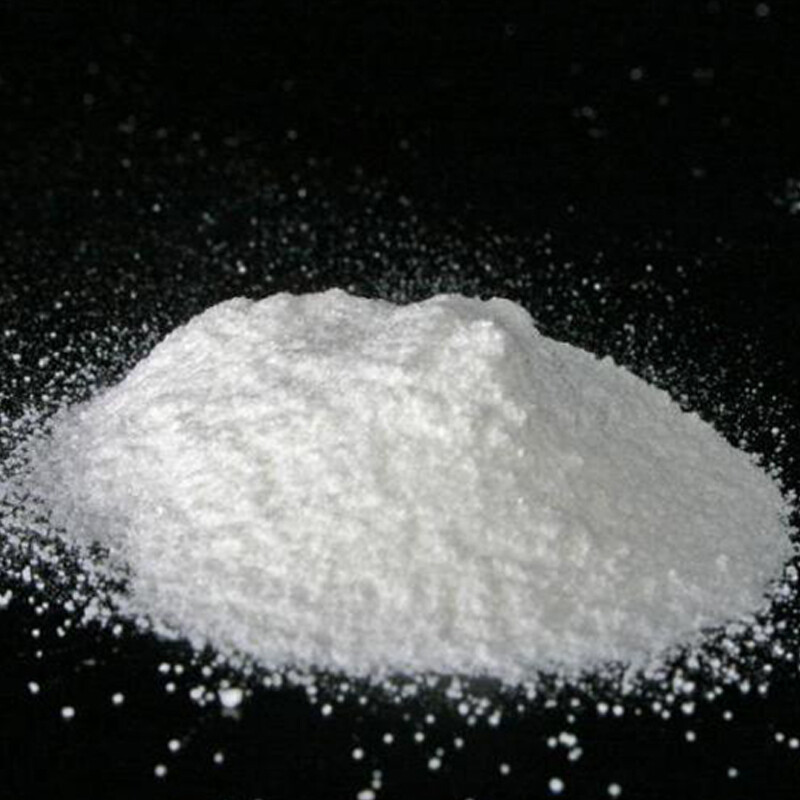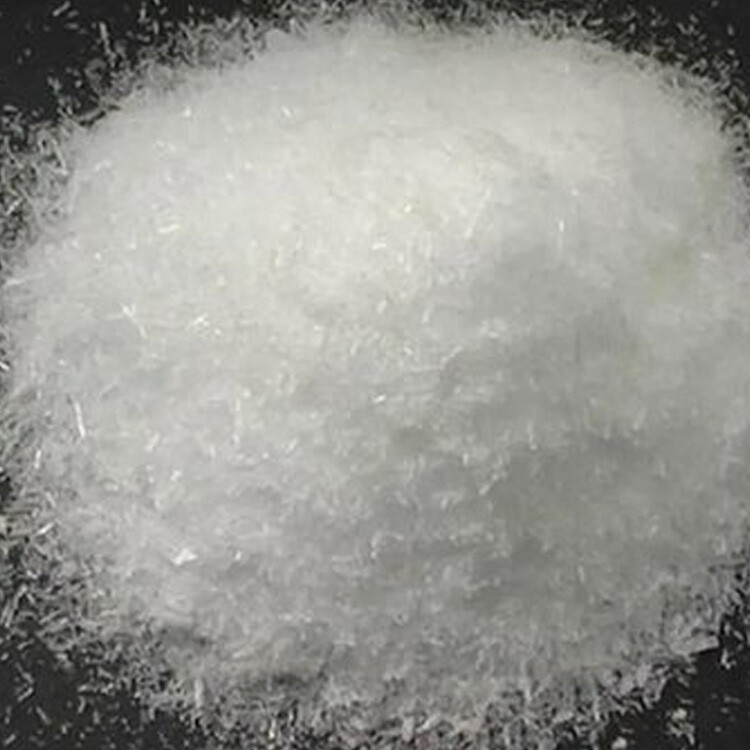PRODUCT
Product Center
Overview
PRODUCT INTRODUCTION
Sodium iron ethylenediaminetetraacetic acid is an organic compound with the molecular formula C10H12FeN2NaO8.It is used as a bleaching agent and complexing agent for milk beverages and powdered mixed foods. Light yellow or yellow-brown powder, easily soluble in water, when heated, the water of crystallization is partially or completely lost.
USAGE
Mainly used as complexing agent; oxidizing agent; photographic material developing medicine and bleaching agent; black and white film thinning agent.
DESCRIPTION OF USE
First, the physical and chemical properties of sodium iron ethylenediamine tetraacetic acid sodium iron ethylenediamine tetraacetic acid is a light earthy yellow crystalline powder, stable, can withstand high temperatures, not easy to be oxidized, unchanged in storage, no metallic iron smell, good taste, soluble in water (25 ℃, solubility of 100g/100ml) and dilute acid. Molecular formula for C10H12FeN2NaO8-3H2O, molecular weight: 421.09, the theoretical iron content of 13.26%.
Second, the biological activity of sodium iron ethylenediaminetetraacetic acid
1. Sodium iron ethylenediaminetetraacetic acid is a stable chelate, no gastrointestinal stimulation, with specific duodenal absorption. It is tightly bound in the stomach, and the iron is released and absorbed only after entering the duodenum.
2. The absorption rate of sodium iron ethylenediaminetetraacetate is high, which can avoid the obstruction of iron absorption by phytic acid, etc. The research shows that the absorption rate of iron is 2-3 times of ferrous sulfate.
3. Sodium ferric ethylenediaminetetraacetic acid is safe and non-toxic, belongs to the actual non-toxic substances, and is classified as "Generally Recognized as Safe" (GRAS). In the absorption process EDTA can also be combined with harmful elements quickly excreted and play the role of detoxifier. 4. Sodium iron ethylenediaminetetraacetic acid has the effect of promoting the absorption of other dietary iron sources or endogenous iron sources, and also promotes the absorption of zinc, but has no effect on the absorption of calcium.
APPLICATION OF FORTIFIED FOOD
1. Iron-fortified flour flour as the basic raw material of pasta products and bakery products is the staple food of most of our people. The iron content of general flour is very low, only 2.6~4.2mg/100g, iron fortification of flour to produce iron-enriched flour, iron fortification of flour is not only an important content to improve the product grade and expand the market, but also an economic, direct and effective way to change the ideal way of iron-deficiency anemia of Chinese people. This is because people do not need to change the existing diet to ensure a more constant iron intake; flour price is low, can be accepted by the majority of consumers, easy to promote; flour has a good dispersion, mobility, so that the uniform addition of iron fortification is simple and easy to implement in the process; flour quality is stable, safe, long shelf life.
MESSAGE
Related recommendations
Please leave us a message








